Museum Store Association Brings National Conference to Hartford; Wadsworth Atheneum Is Award Finalist
/The Wadsworth Atheneum’s Museum Store is one of five nominees for the 2015 Museum Store Association (MSA) Visual Merchandising award, which recognizes excellence in visual merchandising by a museum institution. The award will be given on Sunday, April 19 in Hartford – on the final day of the Museum Store Association’s national conference, being held this weekend at the Connecticut Convention Center.
Nominations were evaluated based on creative use of resources, collaboration and how well the display extends the museum experience. The other finalists are the Columbia River Maritime Museum, Fine Arts Museums of San Francisco, Eastern National and Virginia Museum of Fine Art.
The 2015 MSA Retail Conference & Expo, organizers point out, is designed to help nonprofit retail professionals succeed by offering dynamic learning sessions and opportunities to connect with select MSA vendors who offer products matched with the museum store industry.
In Hartford for the annual conference are approximately 300 museum store professionals and more than 200 select vendors who offer products and services for nonprofit and independent retailers. When the conference location in Hartford was announced 15 months ago, it was expected to bring in 900 participants downtown utilizing an estimated 1,130 room nights, according to organizers.
Learning sessions throughout the conference are presented by “the leading thinkers in nonprofit retailing who share the knowledge you need to run your store, meet the needs of management, make the most out of challenges, be a leader and through retailing contribute to your institution’s brand and extend the experience of your visitors.”
It is the first time the national conference is being hosted in Hartford. In recent years host cities have been Houston, Los Angeles, New Orleans and Chicago. The national meeting also includes a “retail boot camp” and a tour of the Mark Twain House and Harriet Beecher Stowe House in Hartford.
The outstanding line-up of speakers includes Roderick Buchanan, the director of buying and retail sales at the British Museum Company, where he has overseen the redevelopment of the stores, products and customer service culture and increased profits four-fold since 2008. Buchanan will deliver the conference opening keynote on Saturday morning. The closing keynote speaker on Sunday will be Dick Durrance, described as one of the most versatile photographers of his generation. His well-known portfolio includes images from Vietnam combat, National Geographic stories, global advertising campaigns, National Parks and the world’s great golf courses.
Sessions for industry attendees include Open To Buy Workshop, Retail Boot Camp, 7 Habits of Highly Effective Retailers, Sales Guaranteed: The Only Four Things You Need to Know to Improve Museum Store Sales, Perspectives On Fair Trade, 29 Tech Tools to Create Cool Content for Social Media, Looking at Business Through Your Customers’ Eyes and eCommerce A to Z: Selling the Museum Experience Online.
In addition to the Wadsworth Atheneum, other MSA member institutions in the area include the Connecticut Historical Society Museum & Library, Harriet Beecher Stowe House, New Britain Museum of American Art and Friends of Dinosaur State Park and Arboretum. Manager of the Museum Shop at the Wadsworth Atheneum Museum of Art, Stacey Stachow, is immediate past MSA Board President.
“Retailers often find themselves doing a balancing act every day, performing a variety of functions and responsibilities,” said Jama Rice, MSA Executive Director/CEO. “They balance inventory control, staffing, merchandising, displays, financial management, marketing and even event planning, and at the same time they must stay apprised of all that’s happening at their institutions and stores. The 2015 Conference & Expo will provide tools to help balance the balancing act.”
Now in its 60th year, the Museum Store Association is a nonprofit, international association dedicated to advancing the success of nonprofit retail professionals in extending the brand and contributing to the bottom lines of their institutions. MSA serves over 1,500 members in the U.S., Canada, Mexico, Asia and Europe.




 Gary Shapiro, president and CEO of CEA, said “The future of growth and economic prosperity in this country is most vibrant in places where policies and political climates serve to unleash the entrepreneurial spirit and can-do attitude that is part of our American DNA. Our hope is that states will use our Scorecard as a measurable guidepost to improve their policies supporting innovation.”
Gary Shapiro, president and CEO of CEA, said “The future of growth and economic prosperity in this country is most vibrant in places where policies and political climates serve to unleash the entrepreneurial spirit and can-do attitude that is part of our American DNA. Our hope is that states will use our Scorecard as a measurable guidepost to improve their policies supporting innovation.”



 tently and robustly in research.” Describing Connecticut as “the home of innovation in engineering,” Esty said that engineers provide “the inspiration to solve the world’s problems.”
tently and robustly in research.” Describing Connecticut as “the home of innovation in engineering,” Esty said that engineers provide “the inspiration to solve the world’s problems.” Among the faculty award recipients was Dr. Alfred A. Gates, Professor of Engineering at Central Connecticut State University, whose two decades at the university have been a steady stream of technical innovation and teaching. Gates noted that CCSU has just become the first university in the United States to receive a
Among the faculty award recipients was Dr. Alfred A. Gates, Professor of Engineering at Central Connecticut State University, whose two decades at the university have been a steady stream of technical innovation and teaching. Gates noted that CCSU has just become the first university in the United States to receive a 

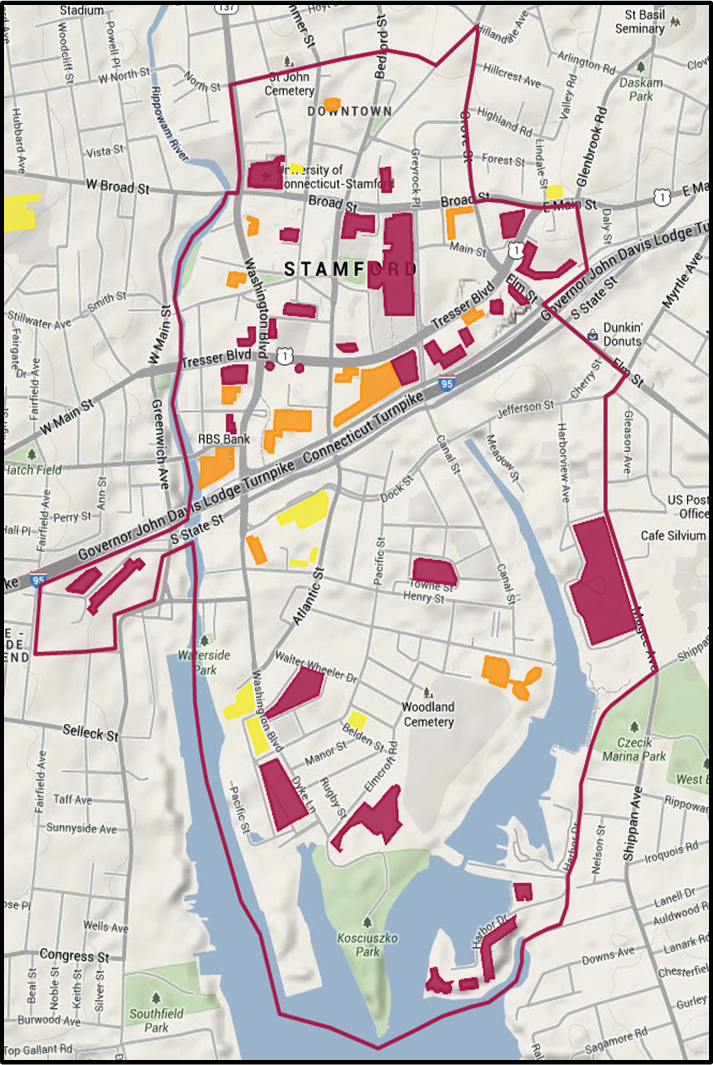 “These collective efforts will establish the Stamford 2030 District as an example of a financially viable, sustainability focused, multi-sector driven effort that maximizes profitability and prosperity for all involved. Through collaboration of diverse stakeholders, leveraging existing and developing new incentives and financing mechanisms, and creating and sharing joint resources, the Stamford 2030 District will prove the business case for healthy and high performing buildings.”
“These collective efforts will establish the Stamford 2030 District as an example of a financially viable, sustainability focused, multi-sector driven effort that maximizes profitability and prosperity for all involved. Through collaboration of diverse stakeholders, leveraging existing and developing new incentives and financing mechanisms, and creating and sharing joint resources, the Stamford 2030 District will prove the business case for healthy and high performing buildings.”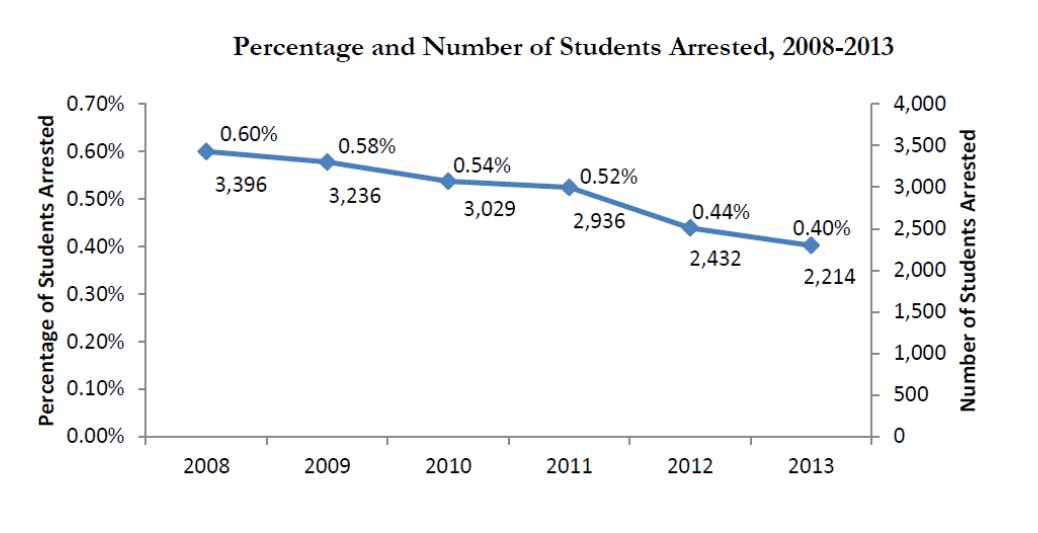 The
The 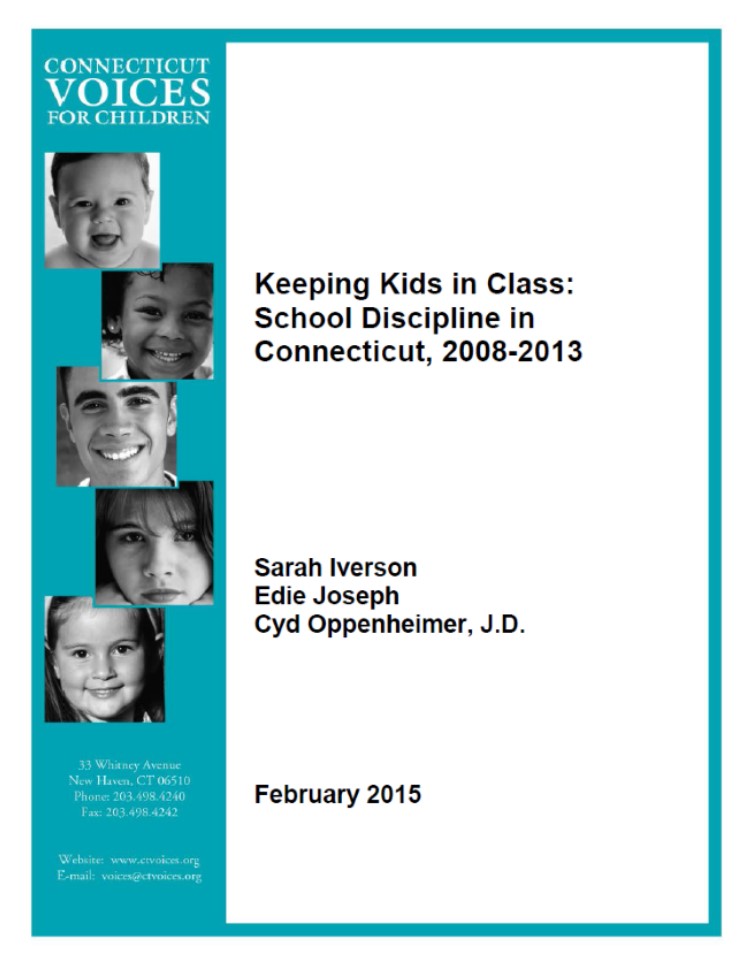
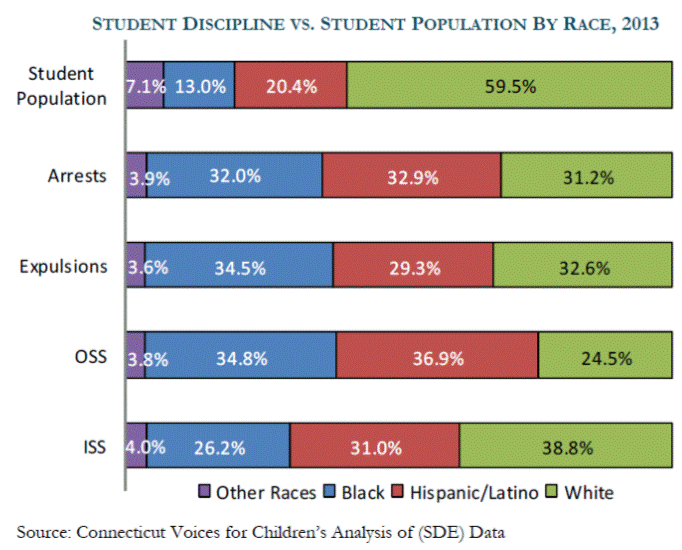


 o their teams as “Raiders” – not “Red Raiders.” Promoting their 2014 Thanksgiving Day football rivalry, the Torrington website said “Come out to see the Raiders take on the Watertown Indians in the 49th renewal of this holiday classic. The Raiders have held off the Indian attack the past two seasons…”
o their teams as “Raiders” – not “Red Raiders.” Promoting their 2014 Thanksgiving Day football rivalry, the Torrington website said “Come out to see the Raiders take on the Watertown Indians in the 49th renewal of this holiday classic. The Raiders have held off the Indian attack the past two seasons…”

 chester High School (Indians), Montville High School (Indians), and Newington High School (Indians). Also, the Nonnewaug (Woodbury) High School (Chiefs), North Haven Senior High School (Indians), RHAM Junior Senior High School (Sachems), Valley Regional (Deep River) High School (Warriors), Wamogo (Litchfield) Regional High School (Warriors), Watertown High School (Indians), Wilcox Technical (Meriden) High School (Indians), Wilton High School (Warriors), Windsor High School (Warriors), Windsor Locks High School (Raiders).
chester High School (Indians), Montville High School (Indians), and Newington High School (Indians). Also, the Nonnewaug (Woodbury) High School (Chiefs), North Haven Senior High School (Indians), RHAM Junior Senior High School (Sachems), Valley Regional (Deep River) High School (Warriors), Wamogo (Litchfield) Regional High School (Warriors), Watertown High School (Indians), Wilcox Technical (Meriden) High School (Indians), Wilton High School (Warriors), Windsor High School (Warriors), Windsor Locks High School (Raiders).


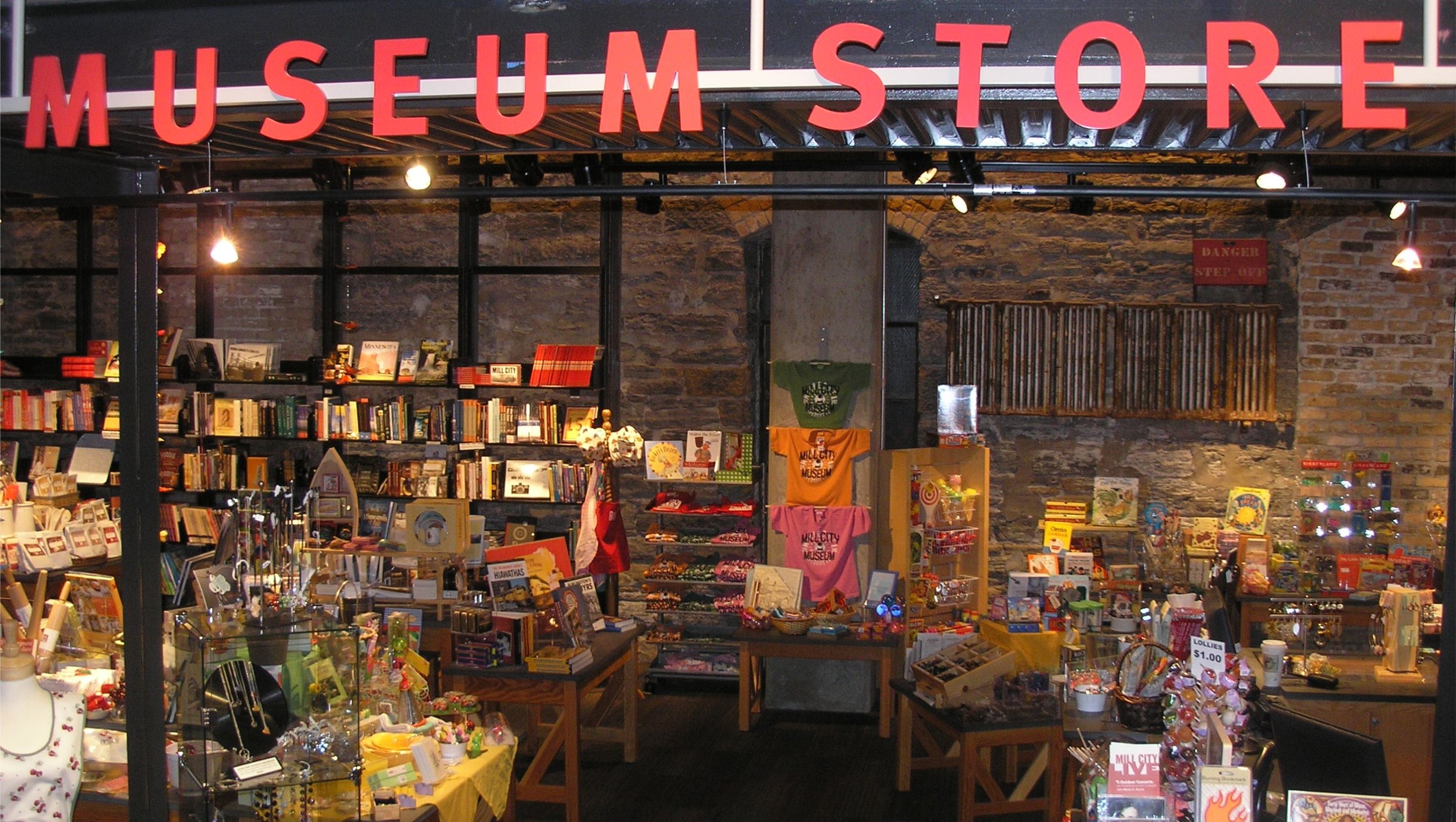

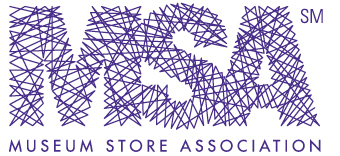

 has declined to comment on the ongoing review process at the FCC.
has declined to comment on the ongoing review process at the FCC.


























